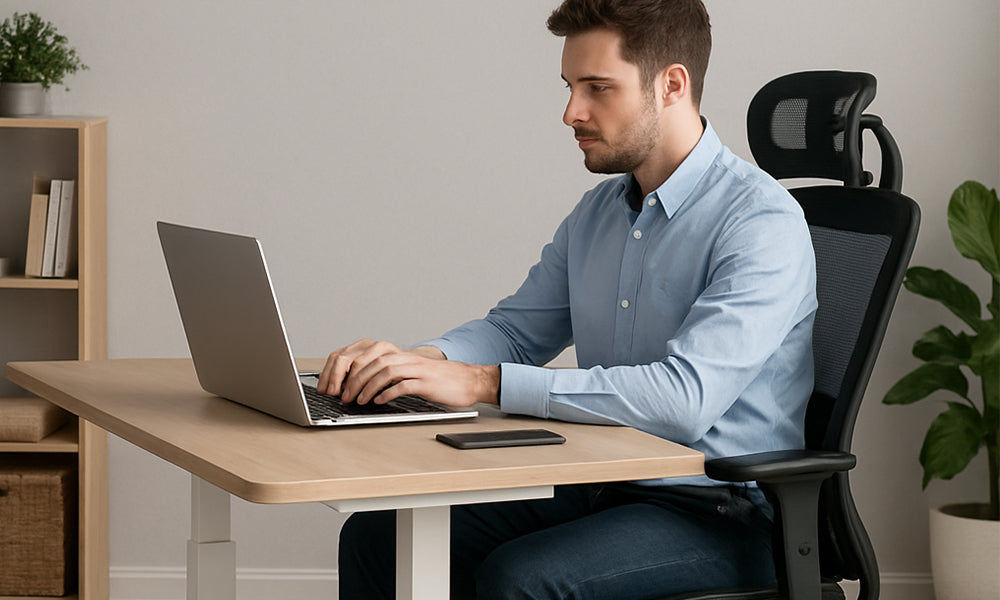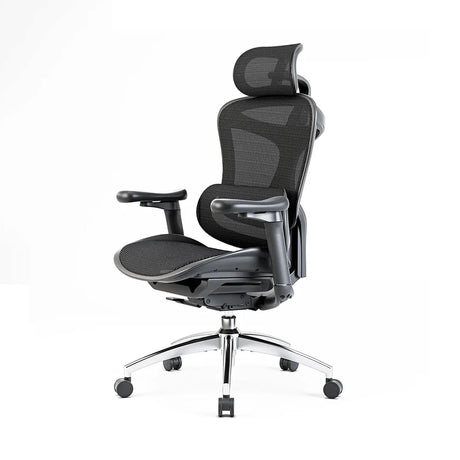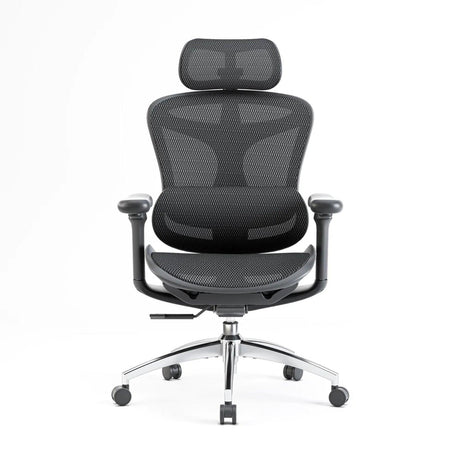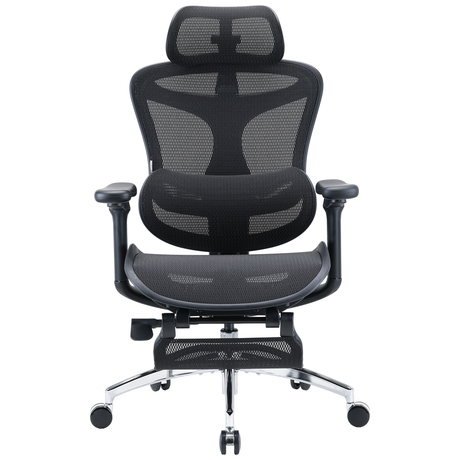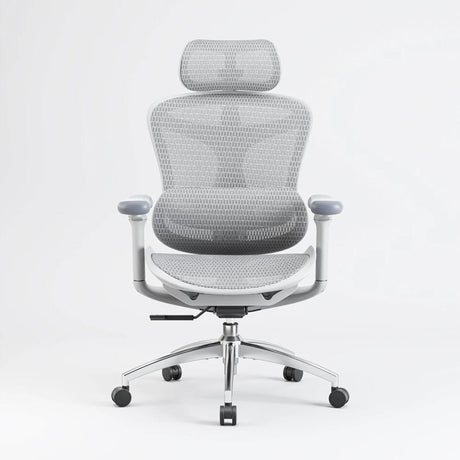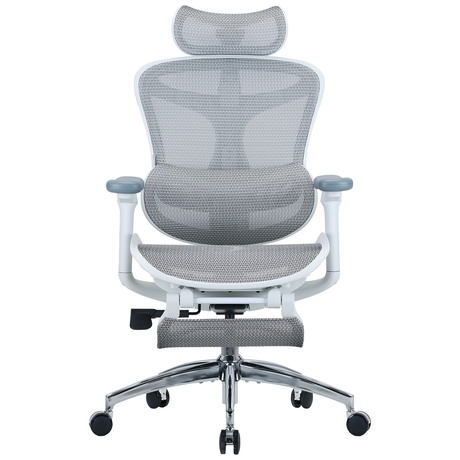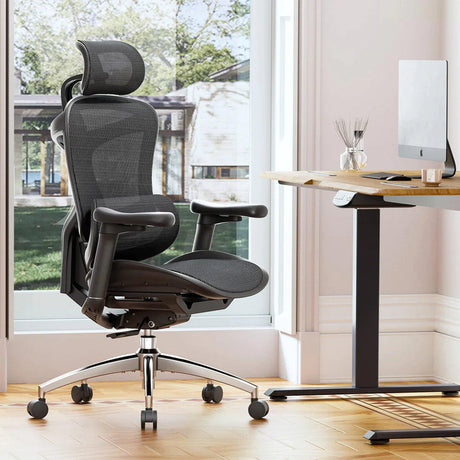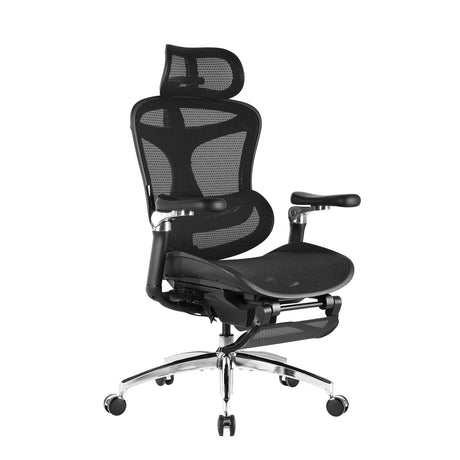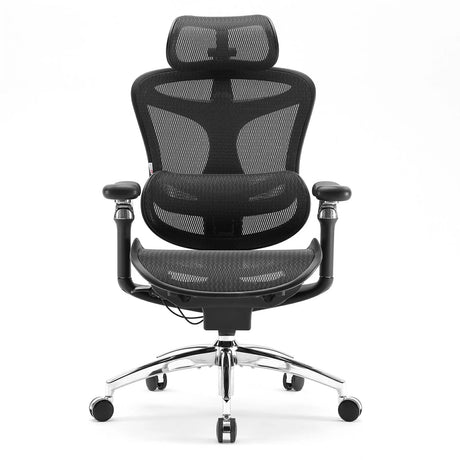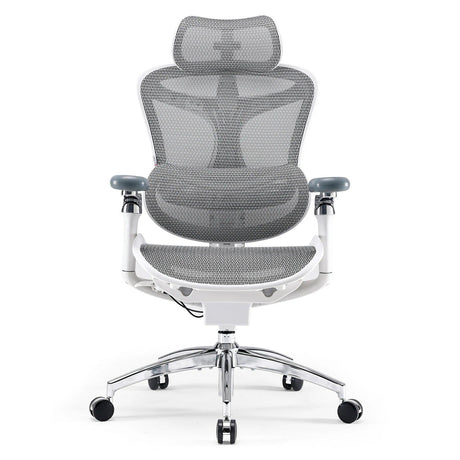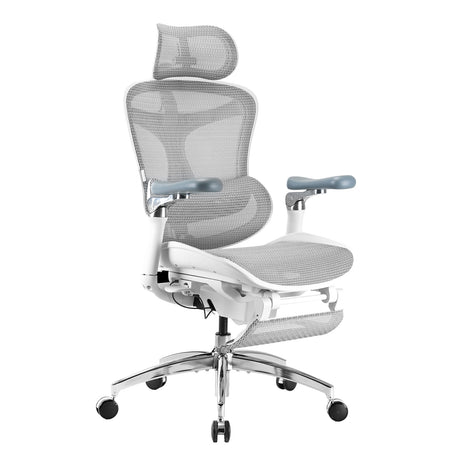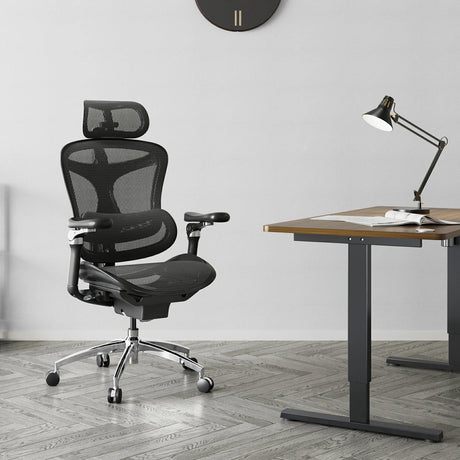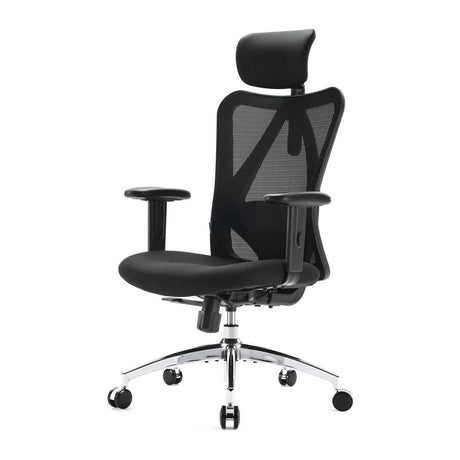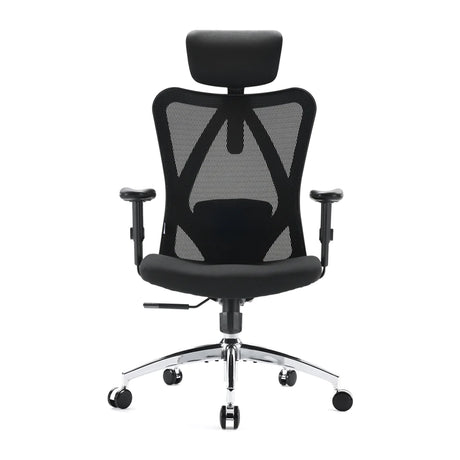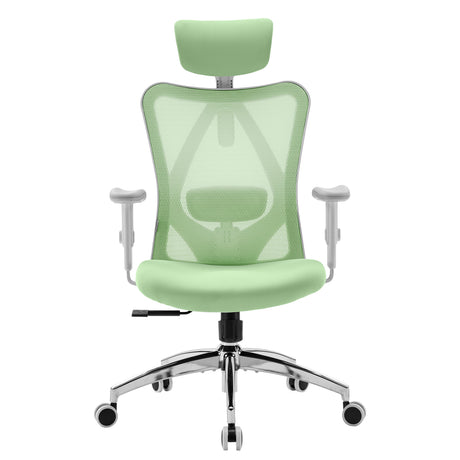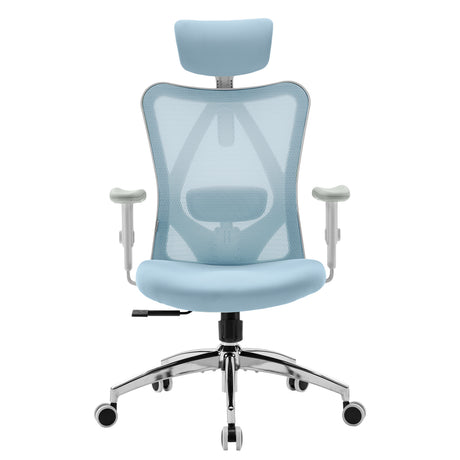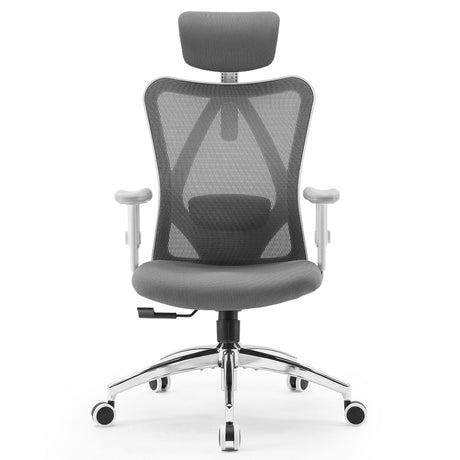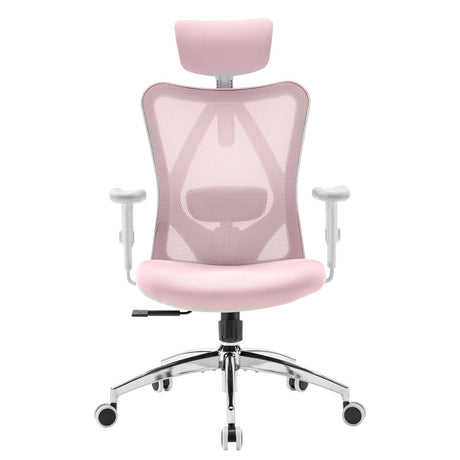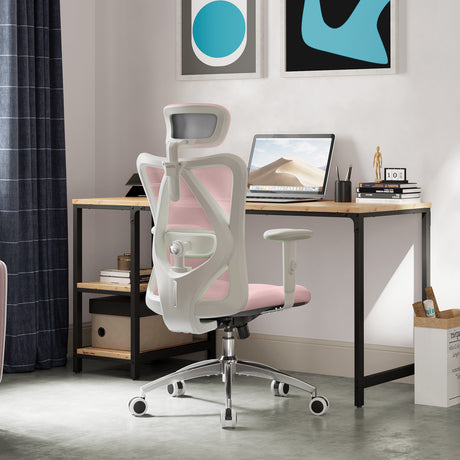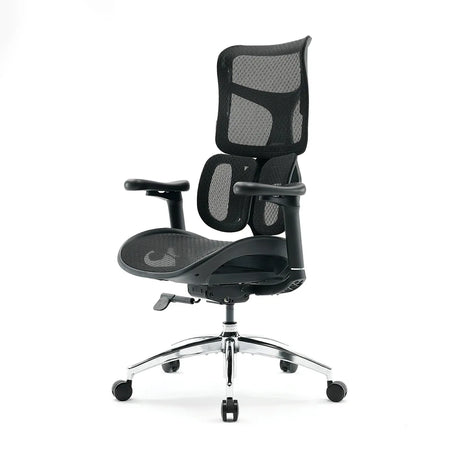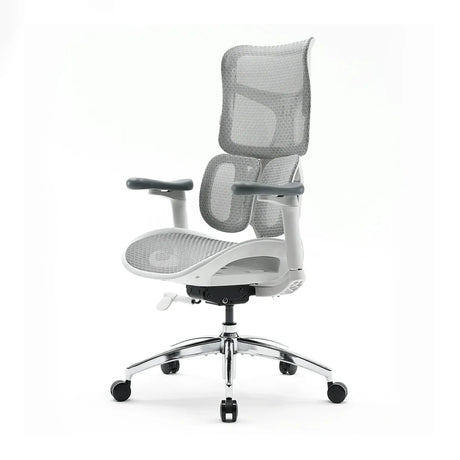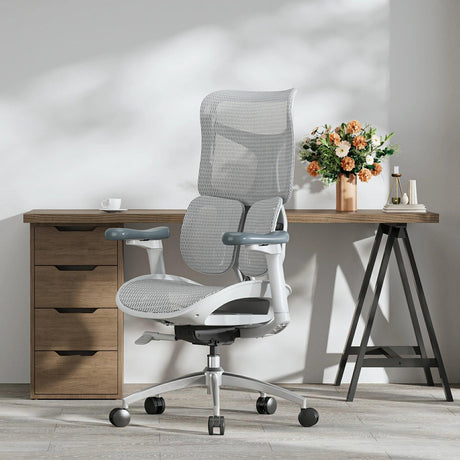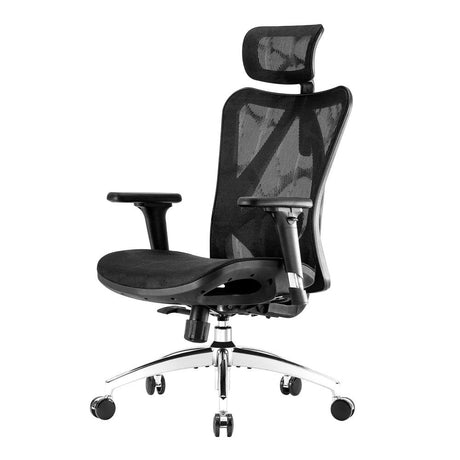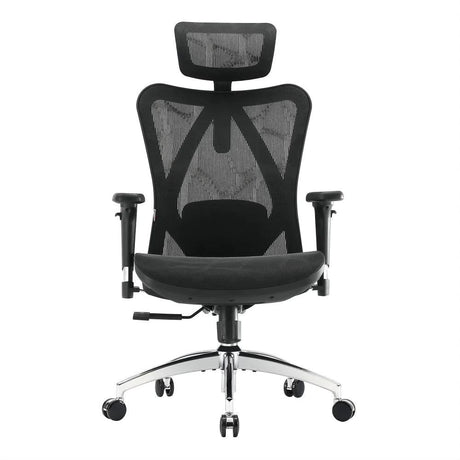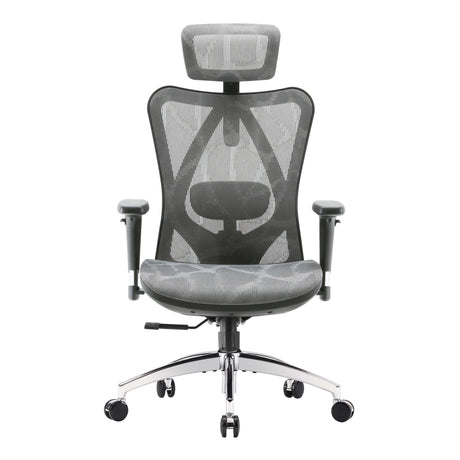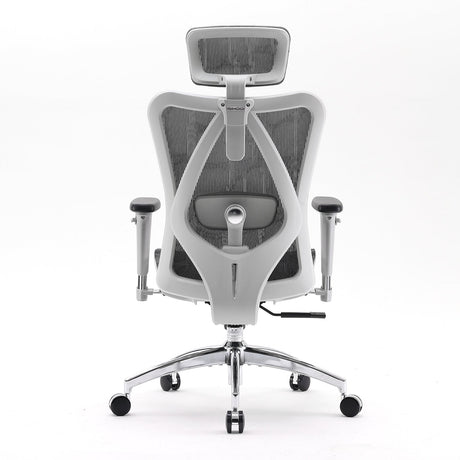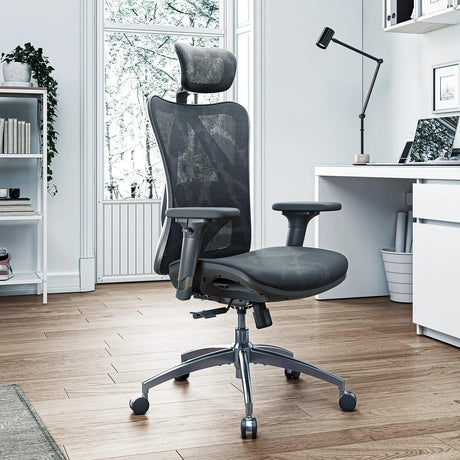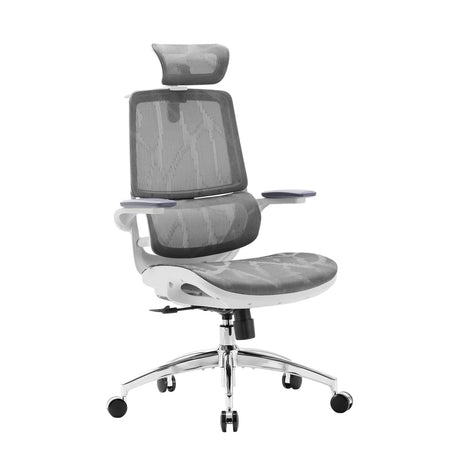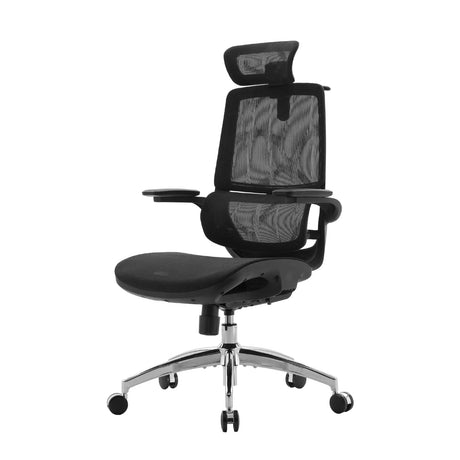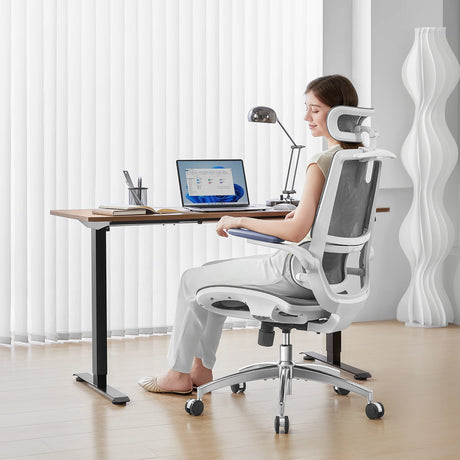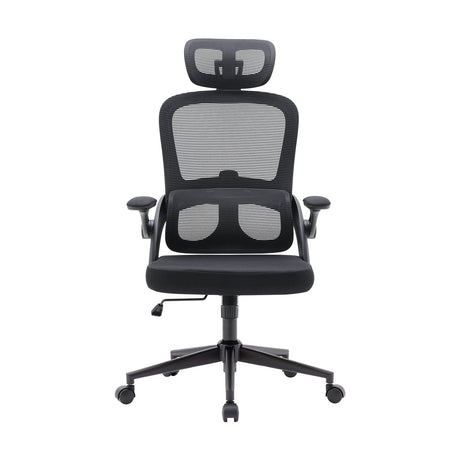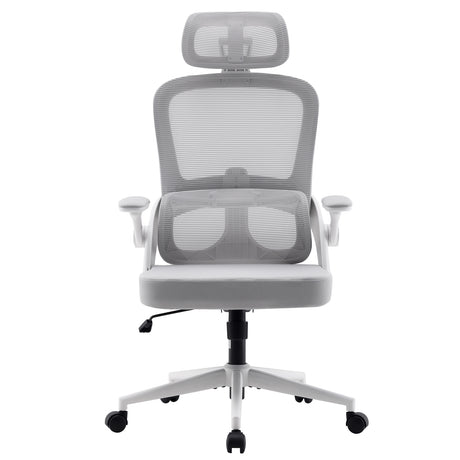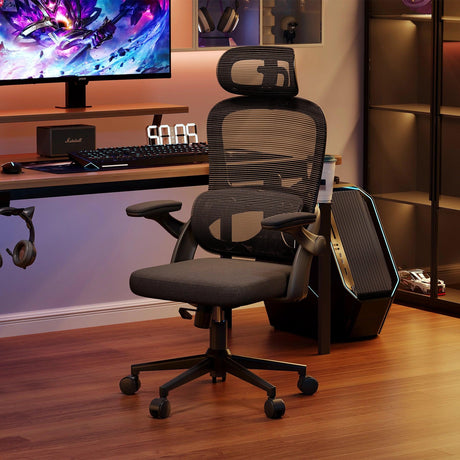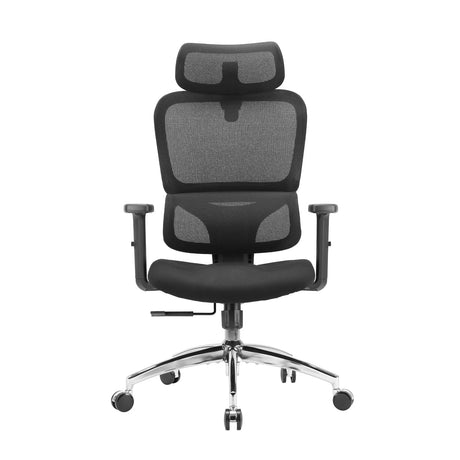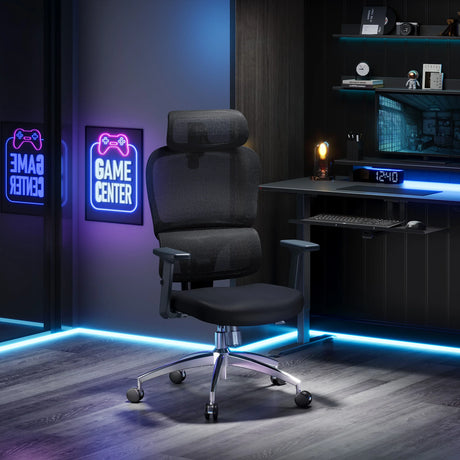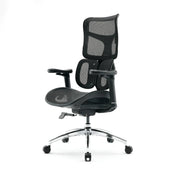Back pain has become one of the most common complaints among office workers, remote employees, students, and even gamers. With the modern workday dominated by screen time, long hours of sitting, and poor posture, the quest for a healthier workspace is more urgent than ever. Two popular solutions have emerged: the ergonomic chair for back pain and the standing desk. But when it comes to relieving and preventing back pain, which one is truly better?
In this comprehensive guide, we’ll dive deep into the benefits and limitations of both ergonomic chairs and standing desks, compare their impact on spinal health, and help you decide which option is more suitable for your lifestyle and needs.
Understanding the Root of Back Pain
Before we jump into the showdown between ergonomic chairs and standing desks, it's important to understand the causes of back pain. Poor posture, muscle imbalances, lack of movement, and spinal compression are the primary culprits. Sitting for long periods can weaken core muscles, compress the lumbar spine, and cause slouching, while standing for too long may lead to muscle fatigue, poor circulation, and joint strain.
Therefore, the real solution lies not just in sitting or standing, but in creating an ergonomic environment that supports movement, proper posture, and spinal alignment.
The Ergonomic Chair for Back Pain: Designed for Relief
What Is an Ergonomic Chair?
An ergonomic chair for back pain is specifically designed to provide full support to the spine, neck, shoulders, and hips. Unlike standard office chairs, ergonomic chairs are adjustable and customizable, promoting better posture and reducing pressure on the back.
Key Features of an Ergonomic Chair for Back Pain
- Lumbar Support: Most quality ergonomic chairs have built-in or adjustable lumbar support that follows the natural curve of the spine, reducing strain on the lower back.
- Adjustable Seat Height and Depth: Allows the user to maintain their feet flat on the floor with knees at a 90-degree angle.
- Backrest Tilt and Tension: Enables reclining to reduce spinal compression and improve comfort.
- Armrests: Adjustable armrests reduce shoulder tension and promote wrist alignment.
- Seat Cushion: A waterfall-edge cushion supports the thighs and improves blood circulation.
- Headrest: Helps support the neck and reduce upper back fatigue.
Benefits of Ergonomic Chairs
- Reduces Lower Back Pain: The lumbar support keeps the spine aligned.
- Improves Posture: Ergonomic design encourages sitting upright rather than slouching.
- Customizable Comfort: The ability to adjust various elements ensures comfort for people of different sizes.
- Long-Term Use: Ideal for those who spend extended hours sitting due to their jobs.
Limitations of Ergonomic Chairs
- Sitting Is Still Sedentary: Even with a perfect chair, prolonged sitting can lead to health issues.
- Expensive: High-quality ergonomic chairs come at a premium.
- Doesn’t Encourage Movement: Users may remain stationary for too long.
Standing Desks: A Revolution in Workplace Wellness
What Is a Standing Desk?
A standing desk allows the user to work while standing instead of sitting. Adjustable standing desks (also called sit-stand desks) enable the transition between sitting and standing positions.
Types of Standing Desks
- Fixed Standing Desk: Not adjustable, always at standing height.
- Manual Sit-Stand Desk: Requires manual adjustment.
- Electric Sit-Stand Desk: Motorized for easy height adjustment.
- Desktop Converters: Placed on top of a regular desk to allow for standing.
Benefits of Standing Desks
- Reduces Risk of Sedentary Lifestyle: Standing increases calorie burn and reduces metabolic issues.
- Improves Posture (When Used Correctly): Standing encourages more natural spinal alignment.
- Encourages Movement: Easier to move around and shift weight when standing.
- Can Reduce Upper Back and Neck Pain: Promotes a more upright position.
Limitations of Standing Desks
- Can Cause Leg and Back Fatigue: Prolonged standing can stress knees, feet, and lower back.
- Not Ideal for All Tasks: Some work (e.g., detailed writing, drawing) may be harder while standing.
- Needs Complementary Ergonomics: Without a footrest, anti-fatigue mat, and adjustable monitor height, standing can become uncomfortable.
Ergonomic Chair vs. Standing Desk: Head-to-Head Comparison
Let’s break down the pros and cons of each based on key criteria:
|
Criteria |
Ergonomic Chair |
Standing Desk |
|
Posture Support |
Excellent with lumbar and neck support |
Good with correct form, but lacks backrest |
|
Spinal Alignment |
Promotes natural curvature of the spine |
Requires active effort to maintain alignment |
|
Comfort for Long Hours |
Designed for extended sitting comfort |
Not ideal for long standing without breaks |
|
Movement Encouraged |
Less – often promotes prolonged stillness |
More – encourages weight shifting |
|
Fatigue Factor |
Low when used correctly |
High if standing too long without support |
|
Cost |
Can be expensive depending on features |
Varies, from affordable converters to premium |
|
Ease of Use |
Intuitive with adjustability |
Requires getting used to alternating |
The Hybrid Solution: Best of Both Worlds?
Many experts agree that the best approach to combat back pain is not choosing between sitting or standing, but rather alternating between the two throughout the day. This is where a sit-stand workstation paired with an ergonomic chair for back pain shines.
How to Implement a Hybrid Workspace
- Use a Height-Adjustable Standing Desk: Choose one with smooth transitions between sitting and standing.
- Invest in an Ergonomic Chair for Back Pain: Look for a chair with lumbar support, adjustable features, and breathable materials.
- Follow a 30-30 Rule: Sit for 30 minutes, stand for 30 minutes, then walk/stretch briefly.
- Add Accessories: Anti-fatigue mats, footrests, and monitor arms make transitions smoother.
- Listen to Your Body: Adjust your sitting and standing time based on fatigue and comfort.
Real-World Scenarios: Which Is Better?
1. Office Worker with Chronic Lower Back Pain
An ergonomic chair for back pain is highly effective here. Long sitting hours require lumbar support, adjustable seat depth, and reclining to relieve spinal pressure.
2. Graphic Designer with Upper Back and Shoulder Pain
A sit-stand desk may help if the pain is due to a poor desk setup. Standing relieves upper back tension and prevents slouching.
3. Remote Worker in a Small Apartment
Start with a high-quality ergonomic chair for back pain due to space limitations. Add a desktop converter later to introduce standing periods.
4. Health-Conscious Tech Professional
A hybrid setup offers flexibility and variety. Use an ergonomic chair with dynamic lumbar support when seated, and a height-adjustable desk for standing during meetings or less intensive tasks.
Expert Tips for Reducing Back Pain Regardless of Setup
Whether you choose an ergonomic chair or a standing desk, follow these tips to maximize comfort and health:
- Stay Active: Take microbreaks to stretch or walk every 30–60 minutes.
- Check Monitor Height: Screen should be at eye level to avoid neck strain.
- Use Proper Footwear: Especially when standing—avoid hard-soled or flat shoes.
- Engage Core Muscles: Light core activation supports spinal health whether sitting or standing.
- Ergonomic Accessories Matter: Lumbar pillows, footrests, and mouse pads reduce fatigue.
Verdict: Ergonomic Chair for Back Pain vs. Standing Desk
So, which is better for back pain—an ergonomic chair or a standing desk?
If you experience chronic lower back pain, then a high-quality ergonomic chair for back pain is essential. It provides the foundational support your spine needs during long periods of sitting and helps improve posture passively.
However, if you struggle with upper back tension, fatigue from prolonged sitting, or just want to move more, a standing desk—especially a height-adjustable one—is a powerful addition to your workspace.
The ultimate solution? Combine both. Use an ergonomic chair for sitting periods and a standing desk to mix in movement. A hybrid workspace built around flexibility is the best defense against back pain in the modern sedentary lifestyle.
